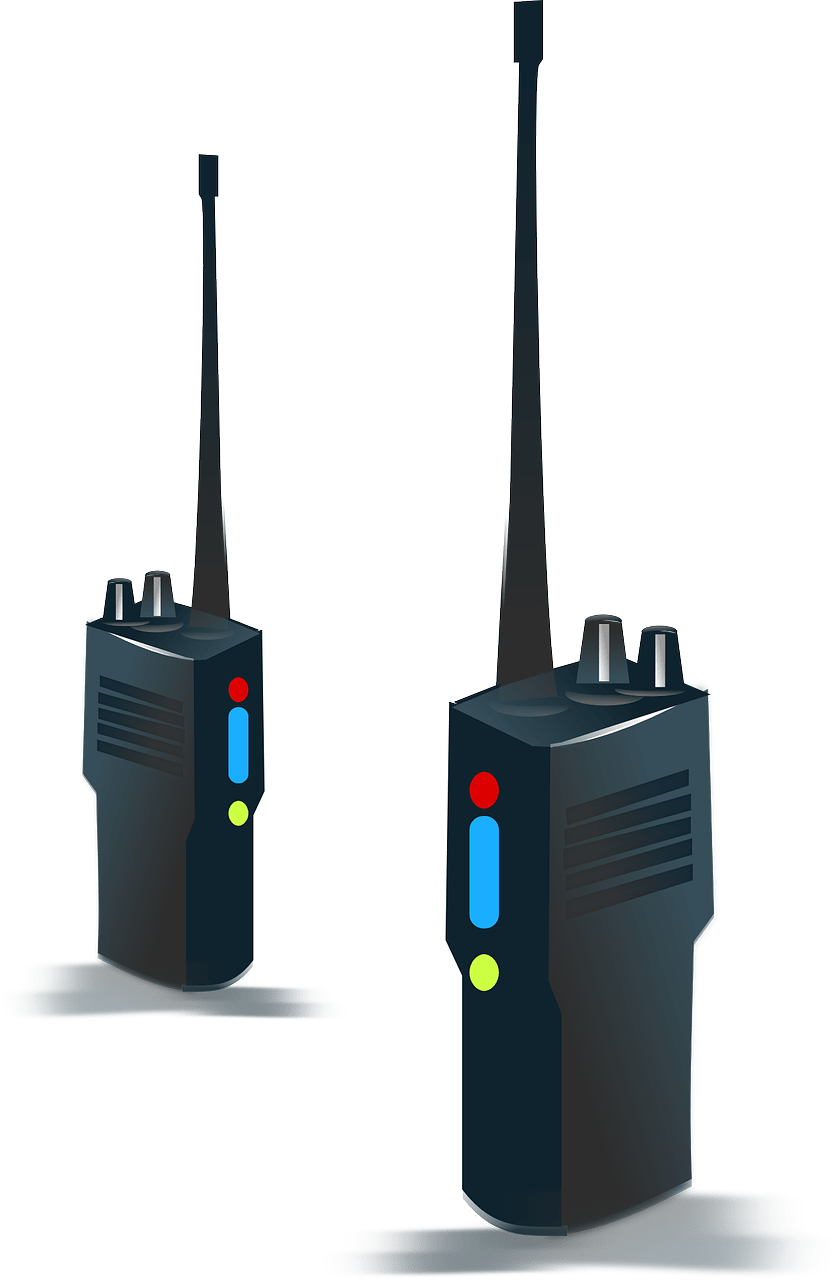There are lots of DIY electronic devices on the Internet. However, it requires a lot of skills and knowledge to make your own electronic devices. The following list is the top 10 DIY electronic devices for the electronic hobbyist.
1. Digital and Analog Clocks
Building a clock can teach you a lot about basic electronic devices and how they work. This is a really straightforward project and you can try it even without an electronic background. You will need some basic soldering skills and a few components like resistors and capacitors to get started.
To build it, you need an Arduino (like this one ) and a clock module like this one.
Arduino is an open-source framework that can be used to build all sorts of DIY
electronics projects.
2. LED traffic lights
DIY traffic lights are extremely easy to make. With a basic understanding of electronics and some common materials, you can make a safe and effective traffic light for your home or garden. The traffic lights featured below are not only easy to make but are also very effective at illuminating your driveway, walkway, or entrance. Remember, when making any DIY electrical device it is extremely important to read the safety instructions provided by the site or eBook that you are using for instructions.
3. Wireless Doorbell
Wireless doorbells are a smart way to make your home a little safer and less hectic. While it’s true that many existing doorbells could be converted to a wireless version with a little rewiring, there are a few reasons why it might make sense to just buy a wireless version instead.
4. Radio Transmitter
If you want to build your own radio transmitter, all you need is a microcontroller-based circuit board, an antenna of any length, and of course, an enclosure to put it all in. The circuit board should have an onboard microphone so that it can be used to receive signals too. Once built, this transmitter can be used to broadcast or transmit messages on short wave frequencies. Just choose the frequency band that matches your area’s shortwave frequency band and modulate your messages on them using any data format that matches that frequency band.
5. Electronic Fan
The most versatile electronic device is also one of the oldest. Much like the windmill, the fan has been with us since before recorded history. It can be used to create artificial breezes for fun or to keep you cool on a warm day. Use it in the shop or on your porch, or just keep it on your desk to keep you nice and cool.
Performance: Although they do not produce the same volume of air as an A/C unit, they do not require any electricity to run. Just make sure there are some open windows in the room if you are using them to keep cool.
6. Timer
The first electronic device on our list is the timer. It is a simple gadget that helps in controlling time. The timer plays a vital role in various applications, such as sprinklers, traffic lights, electrical appliances, etc.
This device comprises an electronic clock circuit in which two transistors are used. The transistors are connected to each other in such a way that when one is on the other one is off. The timing of this turn-on and turn-off sequence can be easily adjusted by changing the values of resistors in the circuit. The main advantage of using the timer technology is that it can perform different functions depending on its application. The timers can be preprogrammed to turn on and off according to a set pattern or time interval.
7. Walkie Talkie
A walkie-talkie is a type of portable radio transceiver, one person may use it directly to speak to another person at a far distance.
If you are someone who likes some handy experience and wondering about how to make a walkie-talkie circuit using a DIY formula – it is actually not that hard. It mainly entails assembling a transmitter, receiver, and antenna. The transmitter produces a high-frequency alternating current which is used to power the circuit. A transmission signal is an RF signal. It can be transmitted to the other side through the antenna. The antenna is made up of coils, condenser, and adjustable inductance.
Side note: Walkie-talkies can be very useful for children who are too young to be off on their own. They can also be used for anyone who doesn’t want to be tied down to a phone, wants to let everyone know what they are doing, or just needs to contact someone who is far away. They are also used on camping trips or down at the beach. The uses are endless!

